 Facebook
Facebook
 X
X
 Instagram
Instagram
 TikTok
TikTok
 Youtube
Youtube
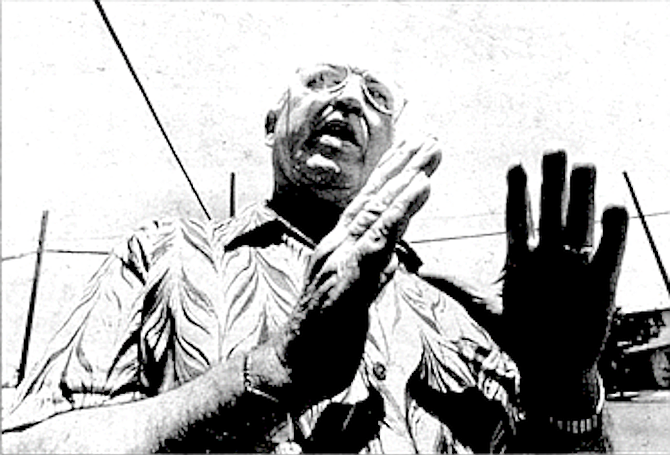
It is an intersection that only God could love. Market and Twenty-fourth streets: its sidewalks are stuck about with telephone poles, shadeless palms, and a few eugenias trimmed into skinny trees; its corners are occupied by the Serrano Auto Transmission Shop, a drive-through Jack-in-the-Box, a low white house with rampant shrubs, and a blockish school building belonging to Our Lady of Angels Church. The parishioners of the church decided last September that the most important issues of the neighborhood were second, to stop home burglaries, and first, to get a traffic light installed at Market and Twenty-fourth.
By Joe Applegate, May 21, 1981 Read full article
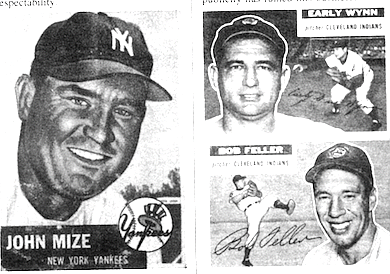
About five months ago I heeded years of pleadings from my mother and removed from her garage the baseball cards I had collected as a child. The cards, about 2000 of them, dated back to 1955 and continued through 1961, the last year I collected them. In the ensuing years, I hadn’t been tempted to purchase cards again. But that all changed when I brought the cards home and began perusing them once again. As a boy I had spent countless hours buying, trading, and studying the cards, memorizing each player’s height and weight, birth-date, home town, and hitting or pitching statistics. Looking over my cards, I realized the players of that era were somehow different from those today; at least I viewed them differently then.
By Larry Keller, Aug. 20, 1981 Read full article

The Surfer charges $47.52 a night for a single room with a queen-size bed. It is generally clean and well maintained. Guests can hear the waves shatter on the sand less than a hundred yards away. There are expansive ocean views from nearly every room. It is an almost inconceivable locale for a very curious death to have occurred — a death in which a fifty-five-year-old security guard suffered long and miserably, one in which he vomited up strange chemicals before he died . . . and all for the sake of the Surfer Motor Lodge.
By Mark Orwoll, Feb. 12, 1981 Read full article
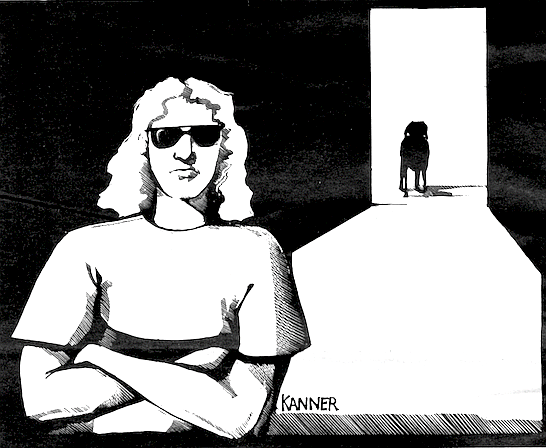
Four young men lived together not long ago in Mission Beach. They were all unemployed and got by as best they could on their wits. Consequently, they were always on the verge of bankruptcy. But perhaps that is overstating their predicament. They were young — in their early twenties — and middle-class, so they were able to receive “allowances” from their concerned parents without undue embarrassment, and they were smart enough to finagle their way into the food-stamp program (by telling less than the whole truth).
By Mark Orwoll, Feb. 19, 1981 Read full article
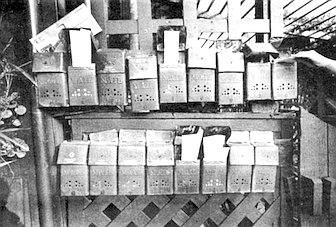
Plopped down in the middle of an otherwise drab residential neighborhood on the fringes of Mission Hills and Old Town is a rambling, block-long gingerbread house shrouded in vines and vegetation. The redwood shingle structure, snaking along the side of the hill at Titus Street, between Pringle and McKee, seems out of place. It would be more at home in a secluded mountain valley, but there it is — on the side of a hill a bit too close to the roar of Interstate 5 and Lindbergh Field.
By Wayne Swanson, April 3, 1980 Read full article
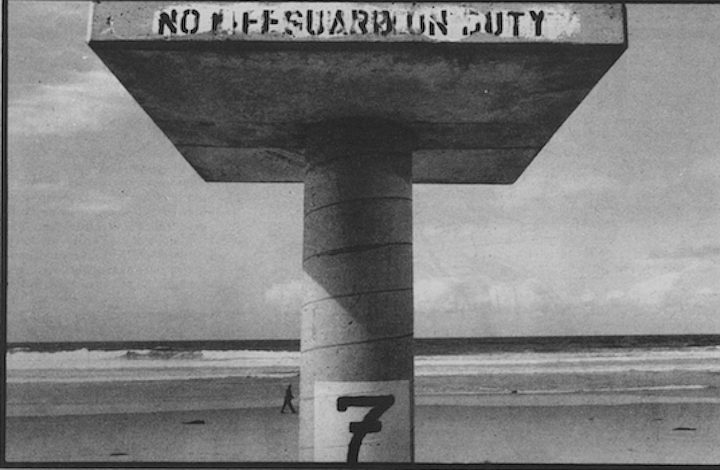
In the summer an encounter like this one would be utterly common at the Mission Beach boardwalk, which has come to be known as the biggest and cheapest singles scene in town. But in the winter it isn’t as noisy, as jammed with people, bicycles, and dogs as it is in the summer. Men still come here to meet women (and vice versa), but their numbers are fewer and the chances not as good. The place takes on a quiet, almost elegant air, like a nightclub after it’s closed for the night.
By Gordon Smith, March 1, 1979 Read full article


It is an intersection that only God could love. Market and Twenty-fourth streets: its sidewalks are stuck about with telephone poles, shadeless palms, and a few eugenias trimmed into skinny trees; its corners are occupied by the Serrano Auto Transmission Shop, a drive-through Jack-in-the-Box, a low white house with rampant shrubs, and a blockish school building belonging to Our Lady of Angels Church. The parishioners of the church decided last September that the most important issues of the neighborhood were second, to stop home burglaries, and first, to get a traffic light installed at Market and Twenty-fourth.
By Joe Applegate, May 21, 1981 Read full article

About five months ago I heeded years of pleadings from my mother and removed from her garage the baseball cards I had collected as a child. The cards, about 2000 of them, dated back to 1955 and continued through 1961, the last year I collected them. In the ensuing years, I hadn’t been tempted to purchase cards again. But that all changed when I brought the cards home and began perusing them once again. As a boy I had spent countless hours buying, trading, and studying the cards, memorizing each player’s height and weight, birth-date, home town, and hitting or pitching statistics. Looking over my cards, I realized the players of that era were somehow different from those today; at least I viewed them differently then.
By Larry Keller, Aug. 20, 1981 Read full article

The Surfer charges $47.52 a night for a single room with a queen-size bed. It is generally clean and well maintained. Guests can hear the waves shatter on the sand less than a hundred yards away. There are expansive ocean views from nearly every room. It is an almost inconceivable locale for a very curious death to have occurred — a death in which a fifty-five-year-old security guard suffered long and miserably, one in which he vomited up strange chemicals before he died . . . and all for the sake of the Surfer Motor Lodge.
By Mark Orwoll, Feb. 12, 1981 Read full article

Four young men lived together not long ago in Mission Beach. They were all unemployed and got by as best they could on their wits. Consequently, they were always on the verge of bankruptcy. But perhaps that is overstating their predicament. They were young — in their early twenties — and middle-class, so they were able to receive “allowances” from their concerned parents without undue embarrassment, and they were smart enough to finagle their way into the food-stamp program (by telling less than the whole truth).
By Mark Orwoll, Feb. 19, 1981 Read full article

Plopped down in the middle of an otherwise drab residential neighborhood on the fringes of Mission Hills and Old Town is a rambling, block-long gingerbread house shrouded in vines and vegetation. The redwood shingle structure, snaking along the side of the hill at Titus Street, between Pringle and McKee, seems out of place. It would be more at home in a secluded mountain valley, but there it is — on the side of a hill a bit too close to the roar of Interstate 5 and Lindbergh Field.
By Wayne Swanson, April 3, 1980 Read full article

In the summer an encounter like this one would be utterly common at the Mission Beach boardwalk, which has come to be known as the biggest and cheapest singles scene in town. But in the winter it isn’t as noisy, as jammed with people, bicycles, and dogs as it is in the summer. Men still come here to meet women (and vice versa), but their numbers are fewer and the chances not as good. The place takes on a quiet, almost elegant air, like a nightclub after it’s closed for the night.
By Gordon Smith, March 1, 1979 Read full article
Comments